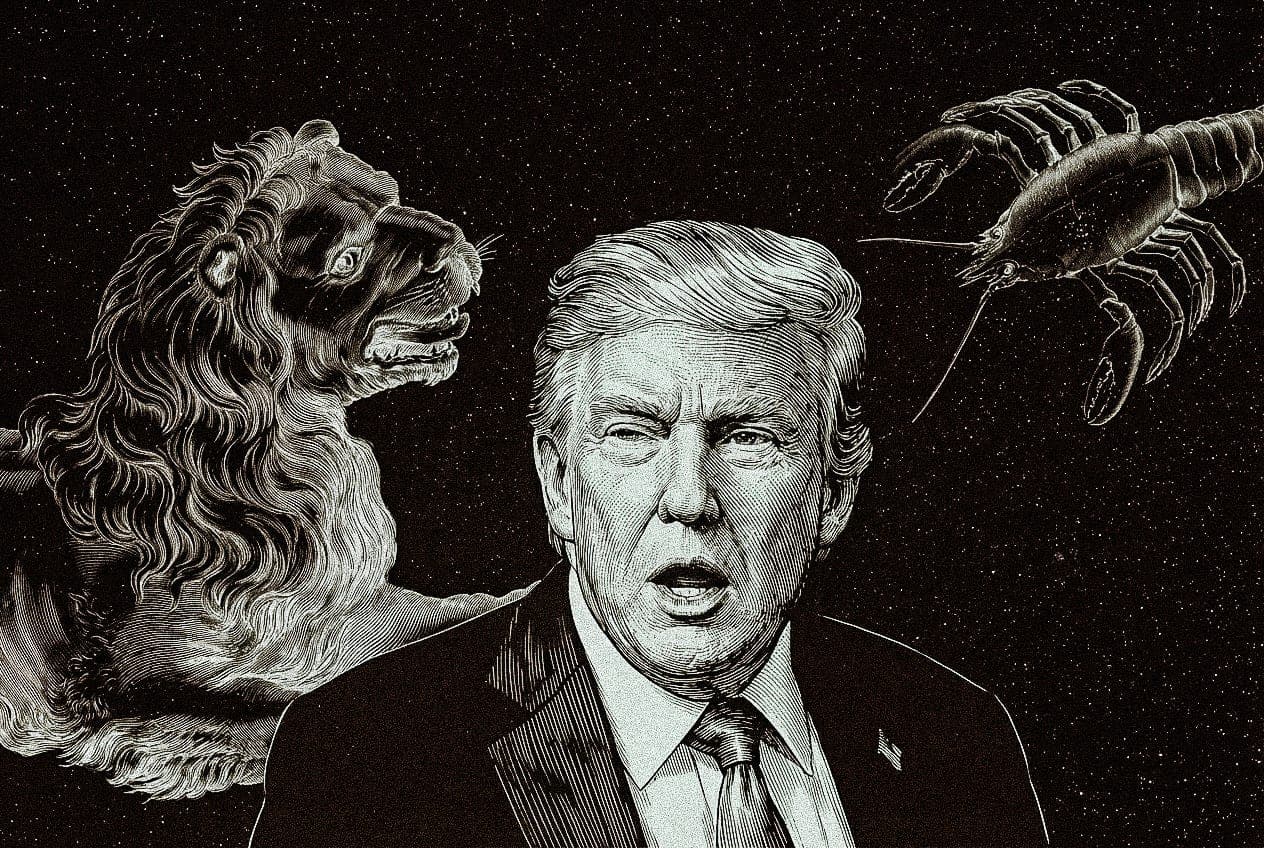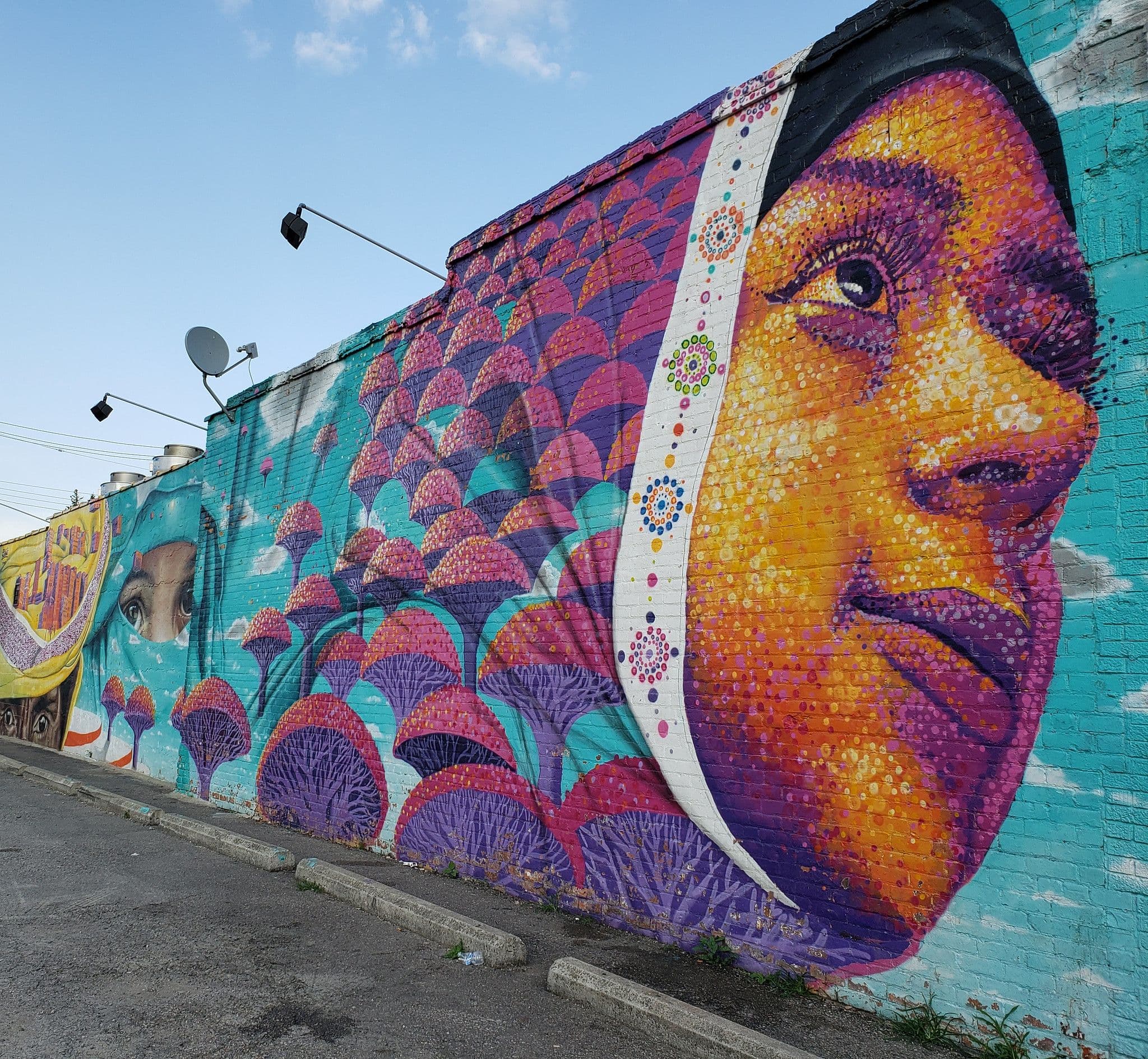
America's Right-Wing Astrology BoomJan 9
months after charlie kirk's assassination, the christian right is turning to the occult for answers while fitness influencers and biohackers use astrology as a lifestyle guide
Oct 1, 2023

The average American’s conception of immigration, largely informed by the mythology of Ellis Island, tends to look something like this: the tired, the poor, the huddled masses yearning to breathe free come to the states not only looking for a better life, but looking to transform — to become American. This is the story of our grandparents, and our great-grandparents. This is the story of my own grandmother, in fact, who moved here as a little girl from Spain during the Spanish Civil War. She was the most unforgiving champion of America I ever knew, ferociously criticizing, in her thick accent, every self-hating American she met. But immigration in the 21st Century, while similar in places, is notably different in general.
Today, while the American government no longer guards its own border, demanding legal entry, the American people no longer expect assimilation. The results are increasingly a nation divided, as enormous populations of immigrants make no effort whatsoever to adopt our national values, in some cases including the very value of “freedom” that is etched into the Statue of Liberty and endlessly quoted at skeptics of our current, effectively-open border. Ironically, proponents of the very policies that have driven us here are, in a little Michigan town up north, some of the earliest victims.
A great, frustrating, important story from River Page.